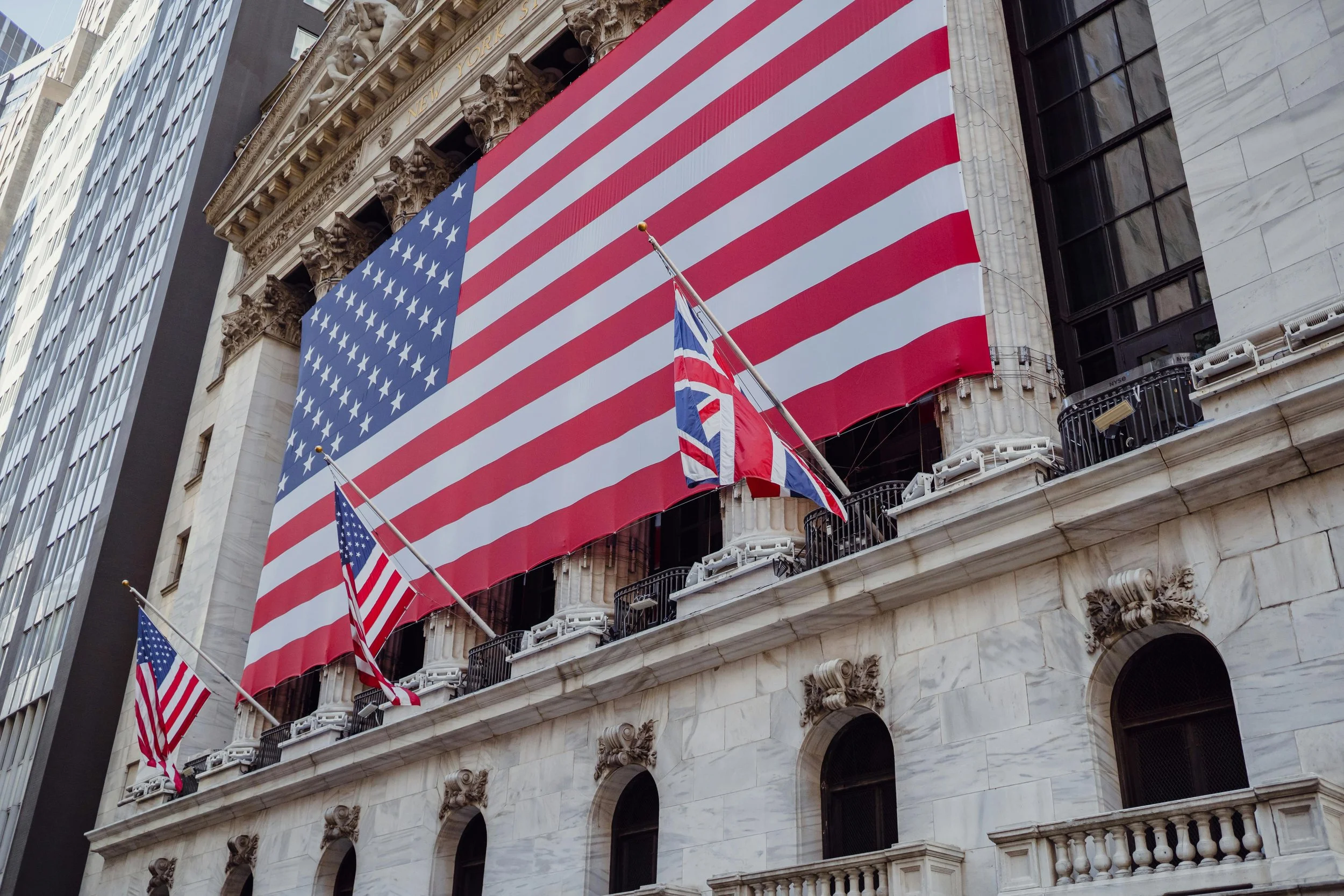The State of the National Economy: Navigating Optimism, Risks, and Change
By Shirenomics Staff
At the 2025 Vermont Economic Conference, the stage belonged to Gus Faucher, Senior Vice President and Chief Economist at PNC Financial Services Group. Known for his incisive analyses and ability to distill economic complexity into digestible narratives, Faucher delivered a sweeping assessment of the national economic landscape. His presentation wove together the interplay of optimism, risks, and structural change, painting a picture of an economy at once resilient and fragile.
Small Business Confidence: A Barometer of Economic Health
One of Faucher’s key takeaways was the renewed confidence among small businesses, a trend that has taken root since late 2023. A biannual survey conducted by PNC revealed that pessimism among small business owners fell below 1% by fall 2024, a stark contrast to the uncertainty that defined the earlier stages of the post-pandemic recovery.
This optimism, however, is tempered by caution. “The Federal Reserve’s interest rate hikes over the last few years have been a double-edged sword,” Faucher explained. While they have helped tame inflation, they have also raised concerns about a potential recession, even as economic confidence improves.
Interest Rates: Easing at Last
The Federal Reserve’s monetary policy has been a dominant force shaping the current economic environment. Faucher outlined its trajectory: from slashing rates to near zero in early 2020 to combat the pandemic-induced downturn, to aggressively raising rates in response to high inflation in 2022. By late 2024, the Fed began easing, cutting its benchmark rate by roughly one percentage point over five months.
Interestingly, while short-term rates have fallen, long-term rates have climbed by a similar margin, reflecting a mixed interest rate picture. This divergence has offered some relief for borrowers and consumers, but it also underscores the uncertainty surrounding monetary policy’s impact on long-term growth.
Labor Market Resilience: A Pillar of Optimism
The labor market remains a beacon of strength in the U.S. economy. Faucher highlighted a remarkable statistic: since the pandemic-induced job losses of early 2020, the economy has not only recovered 22 million lost jobs but added 8 million more. Job growth has stabilized at around 170,000 positions per month—consistent with long-term labor force trends—and unemployment, while slightly up from its 2023 low of 3.4%, remains a historically low 4.1%.
“The labor market today is as strong as I’ve seen in my lifetime,” Faucher declared. However, he acknowledged the persistent challenge of labor force participation, which remains below pre-pandemic levels due to an aging population.
Consumer Spending: The Engine of Recovery
Consumer spending, which constitutes two-thirds of the U.S. economy, has shifted significantly since the pandemic. Spending on services such as healthcare, tourism, and entertainment has surged to 11–12% above pre-pandemic levels, reflecting pent-up demand. Conversely, spending on goods, which spiked early in the recovery, has plateaued as households prioritize services over material purchases.
Faucher also noted a striking recovery in business fixed investment, now 20% higher than pre-pandemic levels. This surge is driven largely by investments in technology and productivity enhancements, underscoring the importance of long-term capital expenditures in sustaining economic growth.
Inflation: Progress, but Concerns Linger
After years of turbulence, inflation is finally showing signs of stabilization. Energy and food prices, which saw dramatic spikes in 2021 and 2022, have largely returned to pre-pandemic trends. However, Faucher highlighted core services inflation—particularly tied to labor-intensive sectors such as healthcare and housing—as a lingering concern.
The Federal Reserve remains committed to its 2% inflation target, but Faucher warned that achieving this goal could be delayed by tariffs and structural labor market pressures. “Inflation will likely slow further by the end of 2025,” he predicted, “but the journey to price stability will be uneven.”
Federal Debt: A Growing Shadow
One of the most sobering parts of Faucher’s presentation addressed federal debt, now hovering near 100% of GDP—a level not seen since the aftermath of World War II. While current debt servicing costs remain manageable, rising interest rates could exacerbate the fiscal burden.
“The concern isn’t just the level of debt but its pace of growth relative to the economy,” Faucher emphasized. Left unchecked, increasing debt could crowd out private investment and hinder long-term economic stability.
AI and Structural Shifts: The Road Ahead
Looking further ahead, Faucher pointed to artificial intelligence (AI) as a potential disruptor. While its immediate economic impact remains limited, he predicted that AI could drive significant productivity gains—and job displacement—over the next decade. Preparing the workforce for this transition, he argued, will be critical.
Faucher also acknowledged broader structural changes, such as the shift toward remote work and evolving commercial real estate demands, as forces reshaping the economic landscape. These trends, while laden with potential, also pose challenges for policymakers and businesses alike.
The Recession Question: Risks and Resilience
Despite widespread speculation, Faucher expressed cautious optimism that the U.S. will avoid a recession in 2025. He attributed this resilience to strong consumer balance sheets, robust job growth, and easing inflationary pressures. However, he underscored the risks posed by global economic instability, elevated long-term interest rates, and potential trade disruptions.
Conclusion: Navigating the Crossroads
Faucher’s address was both a testament to the U.S. economy’s resilience and a reminder of its vulnerabilities. “We’ve come a long way since the dark days of early 2020,” he concluded. “But the path ahead requires vigilance, adaptability, and a commitment to ensuring that the benefits of growth are shared broadly.”
In an era marked by rapid change and uncertainty, Faucher’s insights offer a roadmap for understanding the forces shaping our economic future—and a call to action for policymakers, businesses, and individuals alike.

